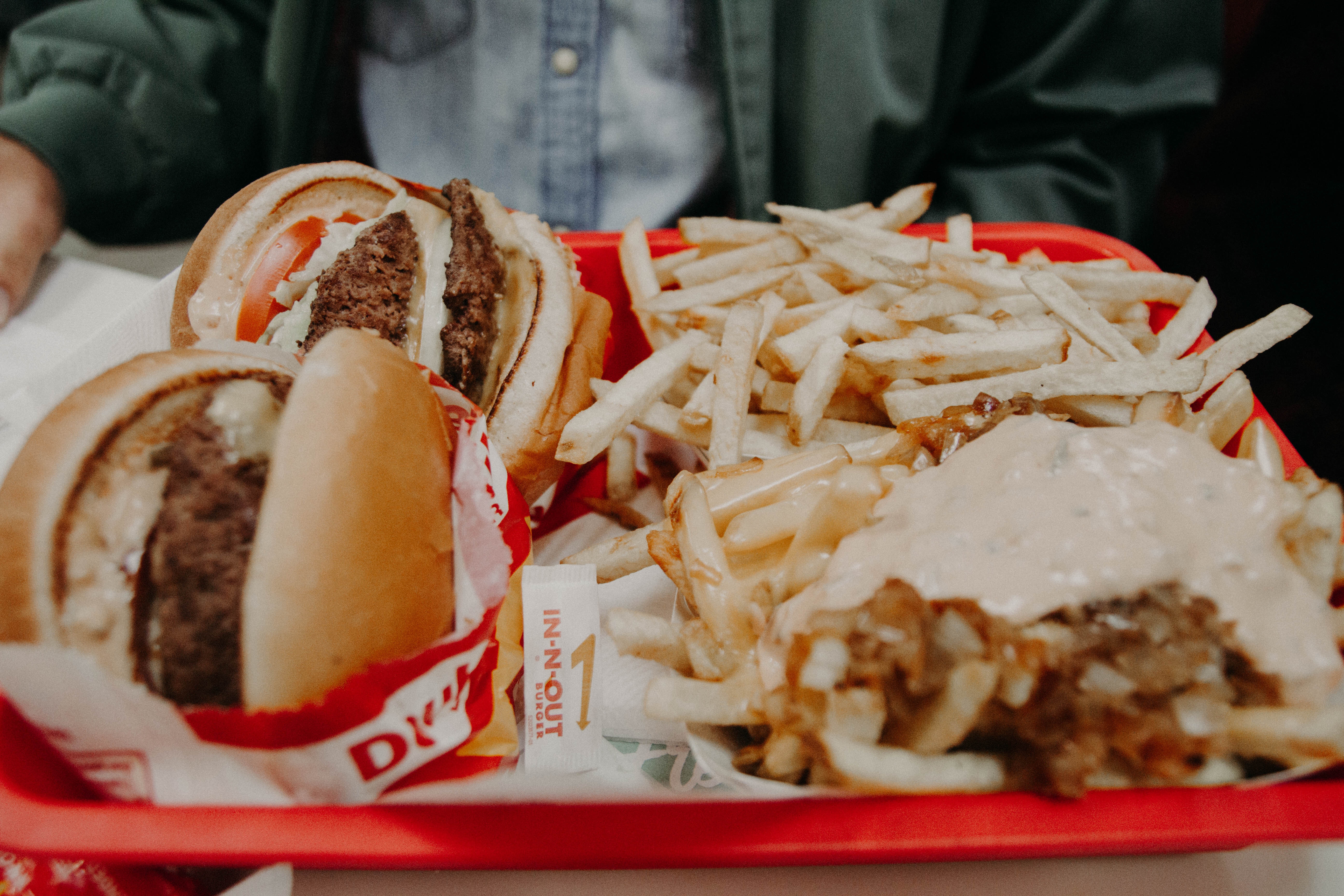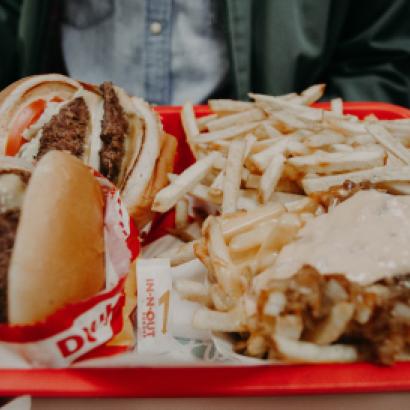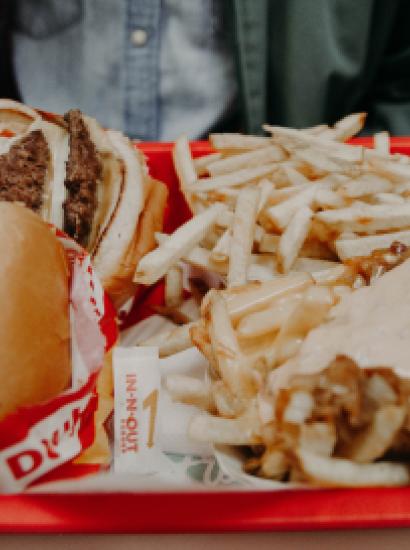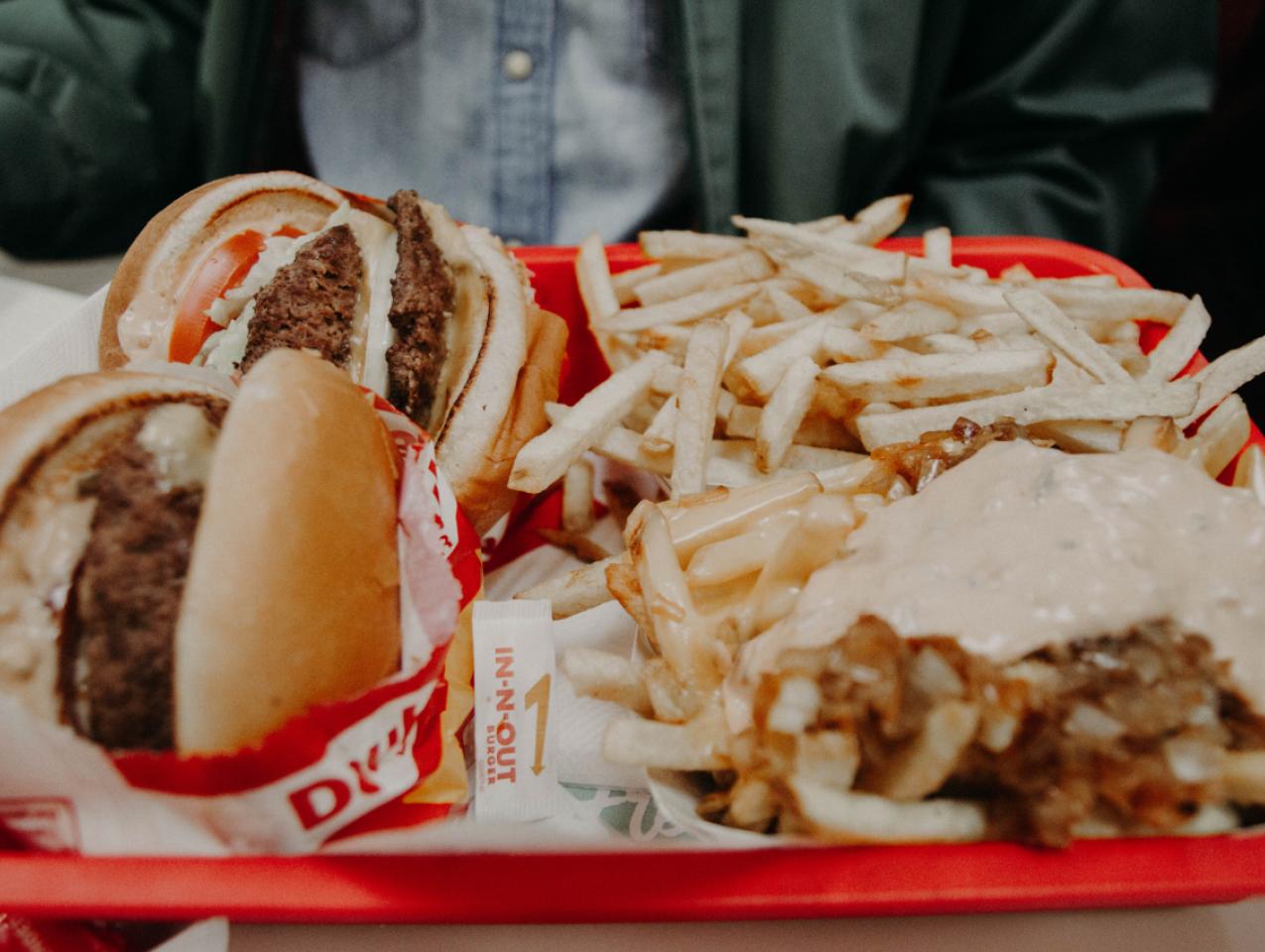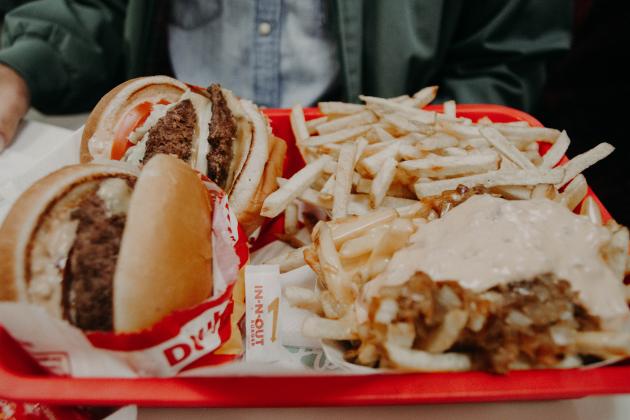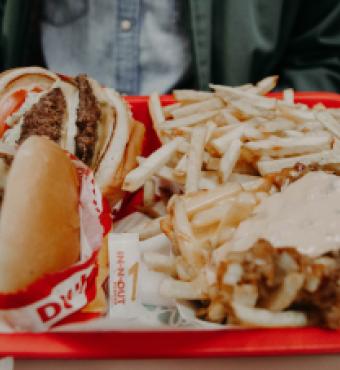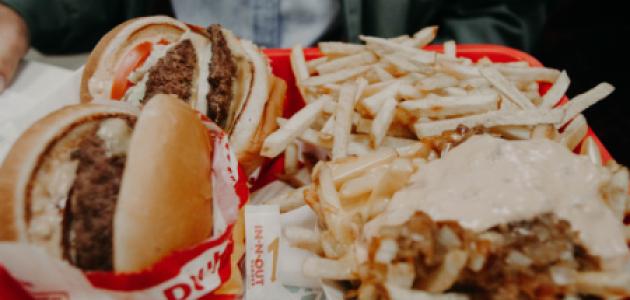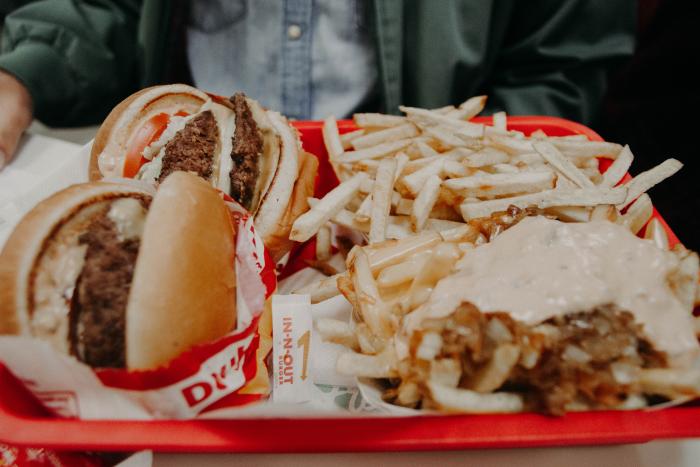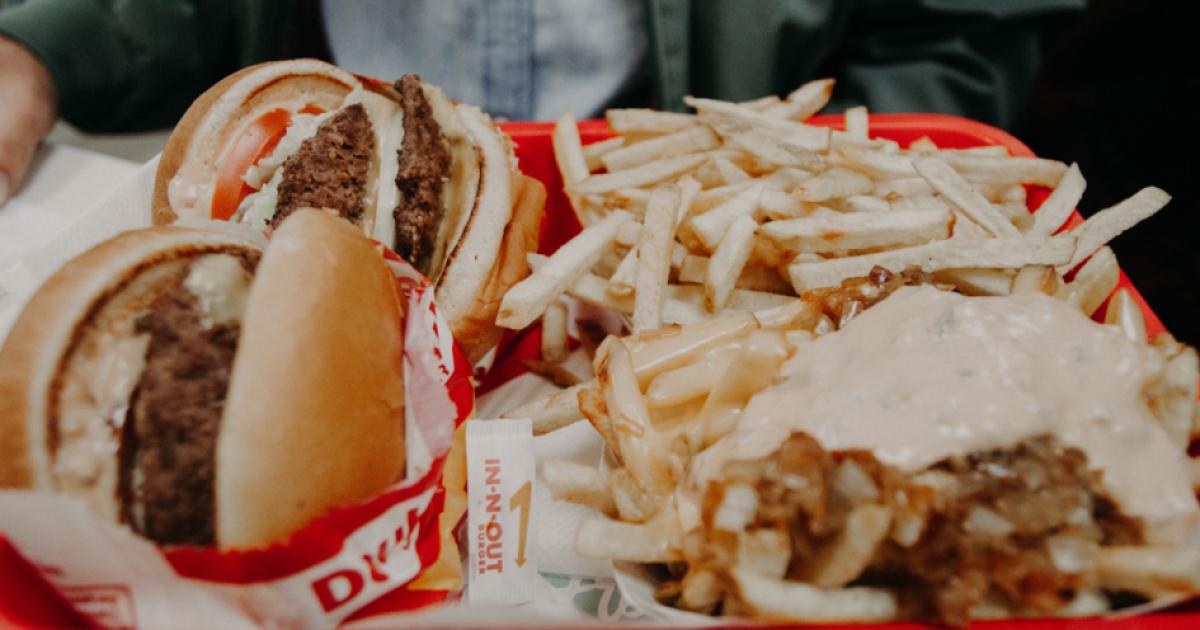- Politics, Institutions, and Public Opinion
- State & Local
- California
While you were merrily spending your August on a well-deserved vacation, here’s how John Cox spent his time: toiling away in the California Division of Motor Vehicle offices.
Mr. Cox, in case you’ve forgotten, is a Republican candidate for governor of America’s most populous state. His reason for loitering around the DMV? It has nothing to do with getting his plates changed or license renewed and everything to do with voter resentment.
And, in that regard, Cox may be on to something.
In California, waiting times at state motor vehicle offices have increased by nearly 50 percent from a year ago, showcasing (in the words of the New York Times) “a departmental bureaucracy marked by green computer screens and computers that still run on DOS.”
DMV officials claim the extra wait times are the fault of the federal government’s Real ID requirements that have many Californians renewing their driver’s licenses in person rather than online because of the law’s requirements (by 2020, you’ll need a federal compliant license or some other form of identification, such as a passport, to board an airplane).
But another culprit is an outdated computer system (i.e., “a 40-year-old dinosaur”). State officials concede it will take three years just to bring the DMV’s existing system into the twenty-first century. You read that correctly: three years of improvements to be two decades out of date.
Not that the Democratic lawmakers who control state government are unaware of the problem. Thanks to an emergency allocation from the State Legislature, DMV offices have increased staffing and expanded hours. Regulations were eased so that customers anticipating a prolonged wait could bring along food and beverage (no word yet if bladder bags and phone chargers are also allowed).
Thus Cox is basing his gubernatorial hopes in part on voters’ frustration with one of government’s least popular entities. As he told reporters during a mid-August visit to a Sacramento DMV office:
“[The DMV] is just mismanaged. They’ve known about this problem since 2005 and they didn’t really address it well enough and the State Legislature gave them $70 million last year. Then they refuse an audit to see what they did with the money.”
Will Cox’s strategy work? We’ll find out in a couple of months when the electorate renders its verdict.
Meanwhile, there’s the question of California’s “sweet spot” in this election. Would it be the long lines at motor-vehicle offices, or some other aspect of California’s existence?
A couple of decades ago, I wrote speeches for then-governor Pete Wilson. Wilson had a remarkable run through California politics— elected twice to the US Senate (in 1982, the only man to defeat Jerry Brown in a statewide race) and twice elected governor (by defeating both Dianne Feinstein and Kathleen Brown, Jerry’s sister).
Wilson had a long stay in office because he understood “the sweet spot.” In the California of the 1990s, that was public safety—roundtables with law enforcement and rallies with crime victims. It made sense at the time: this was, after all, the age of landmark legislation (1994’s “Three Strikes” sentencing reform) and a stream of high-profile trials (O.J., the Menendez brothers) that piqued Californians’ curiosity.
Wilson was succeeded by Gray Davis, a Democrat, who worked off his party’s narrative of public schools neglected by sixteen years of heartless Republican governors. An early move in his administration long since forgotten—and, by the way, a great foray into Democratic presidential politics: exempting public school teachers from paying state income tax (a bipartisan panel of state lawmakers unanimously spiked the governor’s idea).
Davis was replaced by Arnold Schwarzenegger in 2003’s historic recall election. Arnold’s “sweet spot” at first: terminating bad practices in Sacramento (“What I care about is restoring your confidence in your government”, Arnold promised upon taking office).
By his second term, the “Governator” was still preaching reform (most notably, nonpartisan redistricting—a cause he’s still pursuing) but also talking up the perils of climate change.
And that takes us to Jerry Brown, now at the end of his fourth and final term in Sacramento.
Brown’s an untraditional governor in that he makes minimal use of the bully pulpit (few public events outside Sacramento). But he does have a pet cause. It’s the same as Arnold’s: climate change.
Already this week, California’s governor signed a bill setting a 100 percent clean-electricity goal for the state. And he issued an executive order establishing a new target for achieving carbon neutrality—both by the year 2045.
Brown’s also spending part of the week in San Francisco, the scene of a three-day Global Action Climate Summit (President Trump won’t be there, but Trump impersonator Alec Baldwin will).
Does this mean climate change is the new “sweet spot” in California politics? Here’s another candidate to consider: In-N-Out Burger.
Why In-N-Out, which celebrates its seventieth anniversary of burger-making next month (the first restaurant opened its door on Oct. 22, 1948, in Baldwin Park)?
As you’ll see here, it has restaurants blanketing all regions of California. No coastal-blue or inland-red biases.
Second, it’s a bastion of smart labor practices—good benefits for fast-food workers, but also opportunity to climb the ladder.
Third, it’s something of a new third rail in California. Or so learned Eric Bauman, the relatively new chair of the California Democratic Party, when he added a #BoycottInNOut hashtag to a tweet complaining about the company donating $25,000 to the California Republican Party.
Bauman quickly backpedaled, insisting he likes In-N-Out as much as the next California carnivore (of course, some Bay Area residents thought the embargo was real and refused to give the chain their business).
It was a reminder that humor, especially when tried on nuance-void Twitter, is a casualty of the Age of Trump where outrage begets further outrage (I’m assuming Bauman was being facetious).
But it also showed that politics and partisanship in the Golden State ends maybe not at the water’s edge but the In-N-Out counter.
Dare to mess with a Californian’s “double-double”?
Good luck getting double-digit poll numbers.







